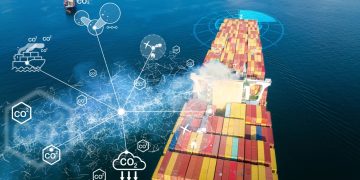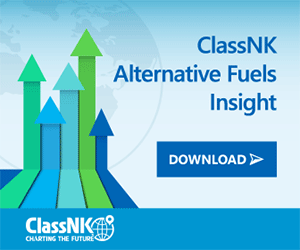DNV GL published the revised ‘Assessment of selected alternative fuels and technologies in shipping’, to provide decision support for investments in ships, for the following five to ten-year period.
The published paper provides an insight to technical parameters and limitations, subtracting accounting for local market conditions, considerations and incentive schemes which may have a significant impact on competitiveness and the uptake of alternative fuels and technologies.
Except the 2020 Sulphur Cap regulation, the shipping industry has to be in line with the Paris Agreement, while also reducing its GHG emissions. According to DNV GL, the substantial emissions that should be achieved in the next decades, are expected to drive technology development and the introduction of low carbon fuels.
Authorities are increasingly paying attention to the consequences of hazardous NOX, SOX and particle emissions at the local level.
In the report, DNV GL has identified LNG, LPG, methanol, biofuel and hydrogen as the most promising solutions. Yet, the greatest challenges are related to environmental benefits, fuel compatibility, the availability of sufficient fuel for the requirements of shipping, fuel costs and the international rule setting by the IGF Code.
In particular, the decision of the International Maritime Organization to limit the sulphur content of ship fuels from 1 January 2020 to 0.5 per cent worldwide, and the recently-adopted ambition to reduce GHG emission by 50 per cent by 2050 have the potential to become game changers.
DNV GL notes that selected alternative ship fuels are:
- LNG
- LPG
- Methanol
- Biofuel
- Hydrogen.
In addition to the above, emerging technologies, as batteries, fuel cell systems and wind-assisted propulsion, are amongst alternatives. Ammonia – especially when produced using hydrogen from renewable sources – has entered the debate as an additional potential future fuel and will be discussed in greater detail in future DNV GL publications, including potential follow-up editions of this document.
Yet, all alternative fuel options have benefits and challenges.
To learn more about the report, you may click here.





























































